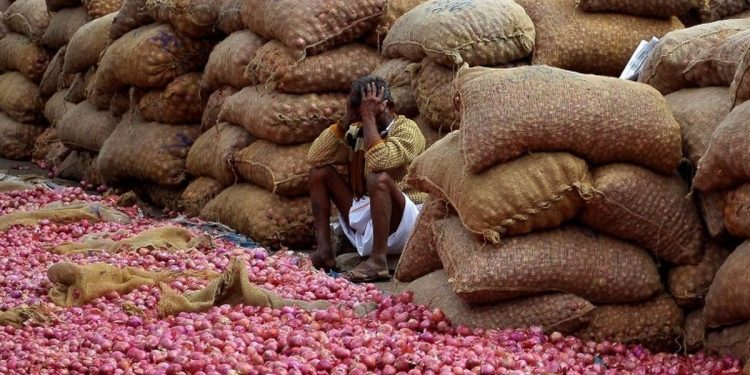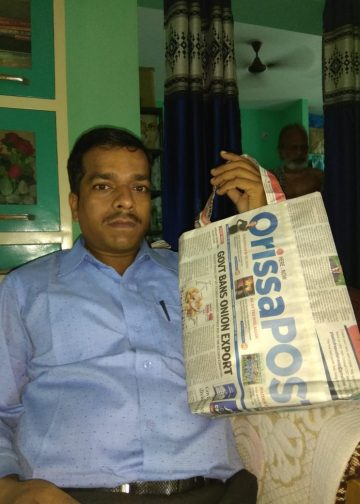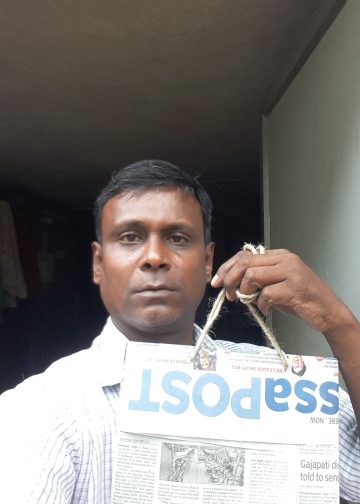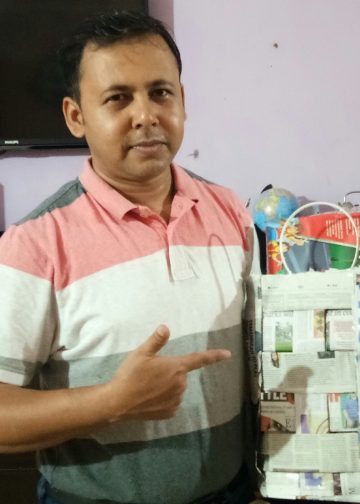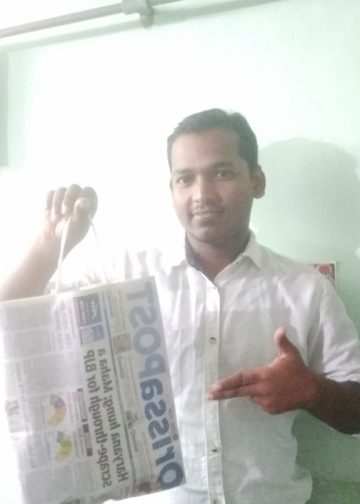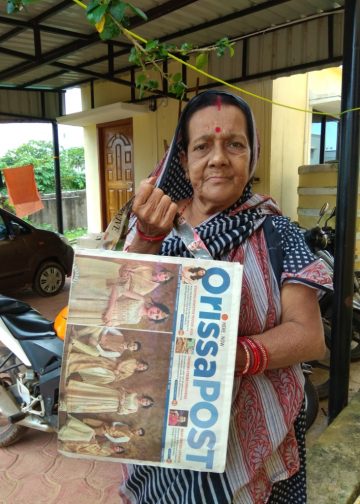This, it would appear, is a winter of rural India’s discontent and desperation. The chill is palpably unbearable. Two stunning reports have emerged from Maharashtra, which demonstrate the sad plight of farmers — not in one state, but across the country. One report from Ahmednagar said a farmer who spent over Rs 2 lakh for cultivation of Brinjal ended up getting no more than Rs 65,000 by way of sales. Out of frustration, he uprooted the entire Brinjal plantation on his land, saying he could not afford more losses. The other report, from Nashik district, has it that an onion farmer who produced 750 kg of the commodity got a little over Rs 1 per kg as market price. Out of disgust and desperation, he sent the Rs 1,000-plus money he earned to the PM’s Disaster Relief Fund, in a novel way of protest, and sat back.
Farmers in Maharashtra had converged in capital Mumbai in March last for a major demonstration of their plight and to demand remunerative prices for their produce, as also crop insurance. The state government took a sympathetic view of the farmers’ plight, which fooled farmers into believing that their grievances would be addressed by the BJP that ruled the state as also the Centre. The hoodwinked farmers had dispersed peacefully after accepting the hospitality of the government in the form of free food and water while in the metropolis.
This past week saw another major demonstration of farmers, this time in New Delhi. Lakhs of agriculturists in their poor overalls marched through the capital’s streets and unbundled their bagful of grievances. For sure, the central government that ruled India from Delhi was not as sympathetic to these farmers, unlike the favourable treatment the farmers got for a day in Mumbai in March. The only saving grace, as they dispersed, was that they were not beaten black and blue.
As is stated in the India Economic Survey report this year, more than half the 1.3 billion population is engaged in agricultural activities, mostly as farm workers and in part as medium and big farmers. The distress is so evident in the agriculture sector, as is also noticed in the large number of farmer suicides due to crop loss and failure to get insurance benefits. Over three lakh farmers have ended their lives, mostly if not fully, on this count in the past 20 years. Notably, this trend was spectacular since the 1990s, a time when banks largely stopped advancing loans to farmers under new regulations. Costs of farm inputs increased manifold, but prices for produce remain either stagnant or see marginal rise.
Insurance schemes are largely of little help to farmers, also as there is governmental inertia to take matters forward in ways as to help small and medium farmers. All the governments’ attention is squarely placed on big farmers through free water, electricity, subsidised fertilisers and pesticides and other inputs. What the ordinary farmers get periodically are just promises before polls to improve their lots. Farmers require new marketing mechanisms to enable them get fair price for their produce at the appropriate time. Timing is essential for farming activities. Apart from finances, cold storage/transport facilities to enable farmers get the best prices by storing produce in ways that products are preserved for sufficient lengths of time is equally important. Had Indian planners taken interest and focused on implementing such agricultural produce chain facilities, keeping in mind local needs, the country would have been in a much better situation. Flooding markets with produce during harvest season and bringing prices down is what we normally observe now. This then turns to shortage within a few weeks after season, thus making prices soar. Middlemen may benefit from the situation to some extent but they, too, are this nation’s citizens and deserve to survive without depending on government doles. Encouraging a healthy supply chain with transparency in the activities of the middlemen is also very important. Insurance against crop loss is a matter of urgency to all farmers. But insurance is not an asset. It is a safety net in case of failure of crops which no farmer really desires.
Beyond big talk and marginal efforts to help farmers, the Union government is found wanting in effective action to save farmers from their plight. Chances are that they will be bluffed into believing that their problems would be solved after the next polls – something that they are by now quite used to. Yet, a tendency among them is to grin and bear with their plight with maximum of patience, unlike India’s white collar workforce that can successfully fight for their rights and gain handsome benefits.
When India gained Independence, some 100 out of 140 people depended on agriculture for their livelihood. By now, 100 out of 200 people do so. Farmers’ numbers are coming down also as industrial and services sectors are drawing in larger numbers of workforce. Still, without a healthy agricultural sector and sufficiency in food supply, there can be no true rural or urban peace. Let us not forget that civilisations have survived without electricity, computers, smart phones, vehicles and all other modern trappings. Unfortunately, none of us can survive with an empty stomach. Wonder when Indian policymakers, planners, executives and politicians will stop taking the farm sector for granted and offer it the rightful place as the most crucial sector deserving of utmost care, thought and action.
‘Smooth Transition’
Andhra Pradesh seems to have decided that the safest way to navigate the future is to stop time itself, at...
Read moreDetails

